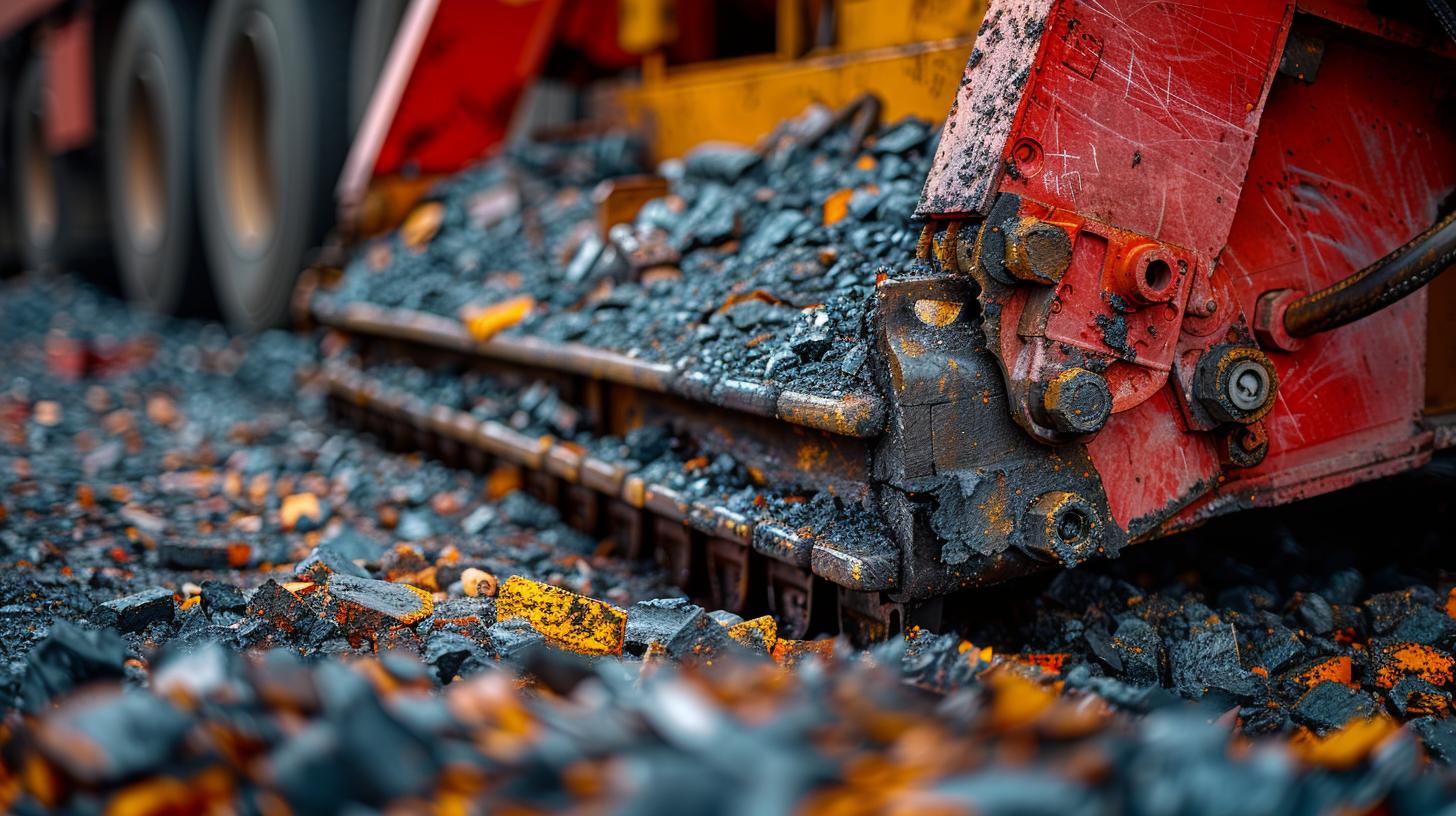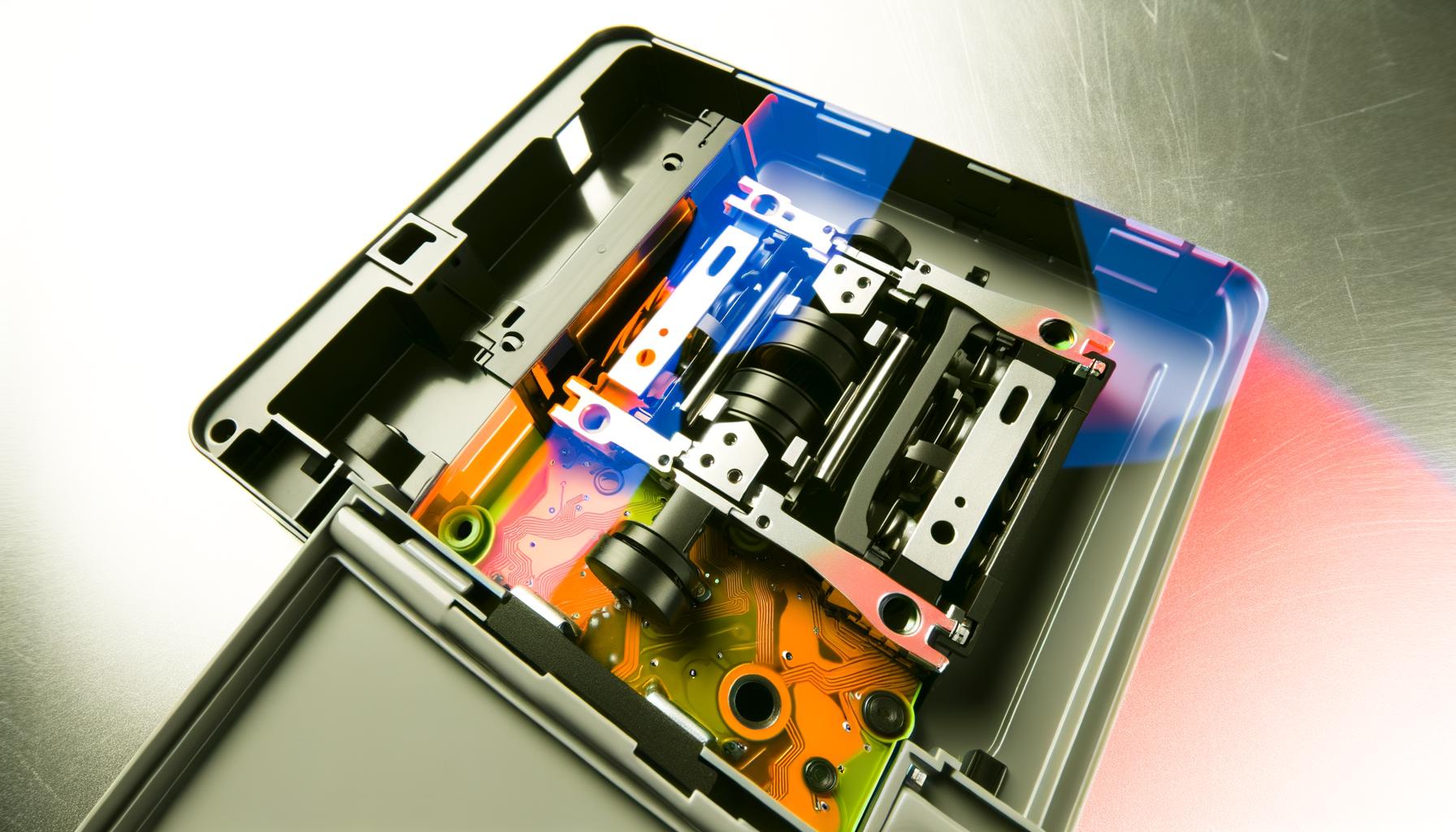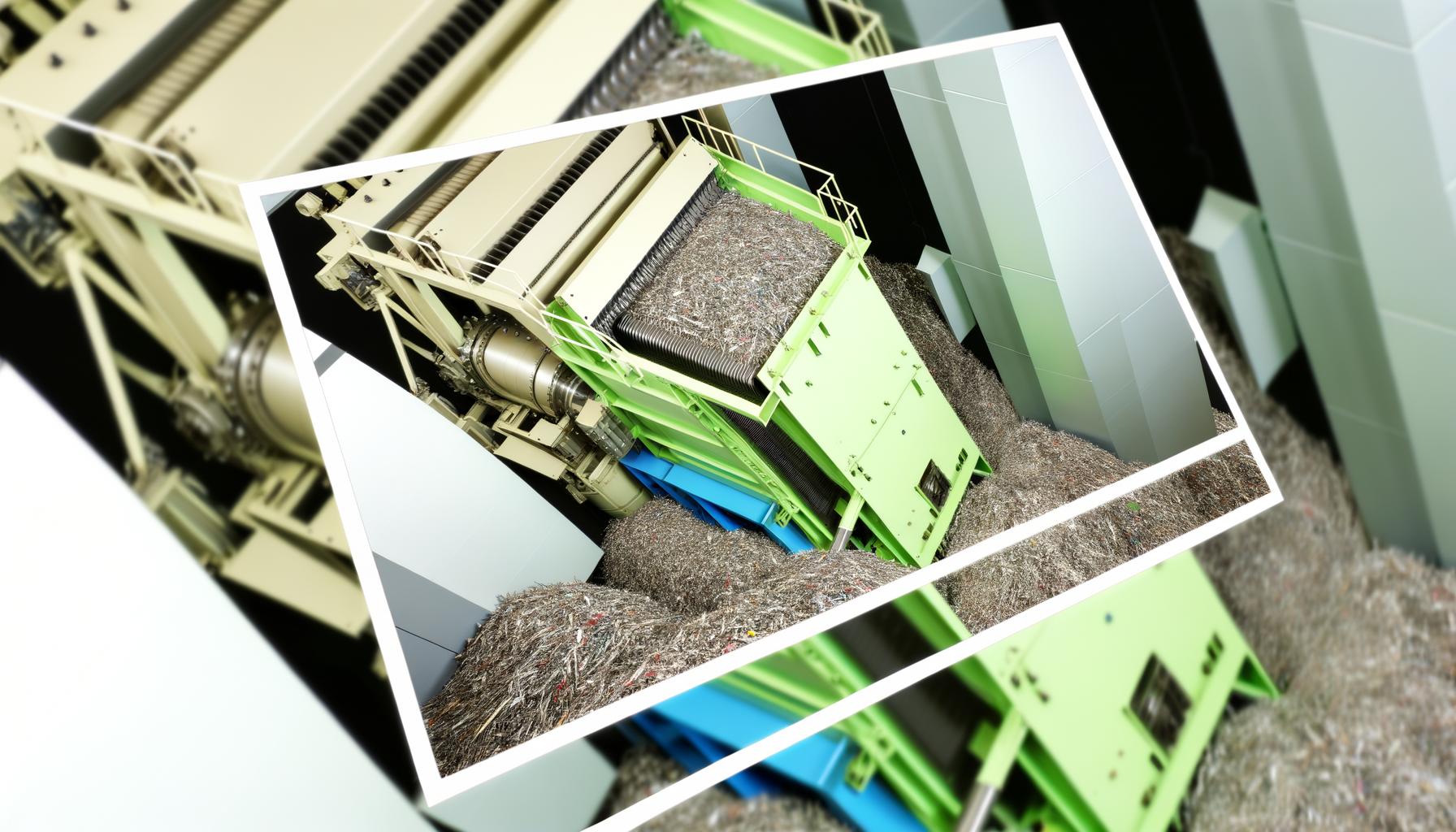Electronic waste recycling is pivotal for our environment, as the surge in discarded electronics presents a unique set of challenges and opportunities. As we embark on an era when technology evolves at lightning speeds, the quantity of electronic waste-commonly referred to as e-waste-has exploded, providing ample reason to delve into the implications of this growing problem and the potential that lies within its proper management.
E-waste encompasses a broad range of discarded electronic products, from the smartphones and computers that connect us to our loved ones and colleagues, to household appliances like televisions and refrigerators. These items have become intrinsic parts of daily life, yet they also contribute significantly to the mounting piles of e-waste accumulating around the globe. With rapid technological advancements leading to shorter product lifespans, there’s no denying that our attitude towards electronics has grown increasingly disposable.
However, it’s not all doom and gloom. E-waste also contains valuable materials that are retrievable through responsible recycling practices. By recognizing these discarded electronics as more than mere trash, we see them for what they could be-a treasure trove of resources that can be reintroduced into the production cycle.
This dualistic nature frames e-waste as both an environmental hazard if mishandled and a remarkable opportunity for resource conservation when recycled properly. Thus, electronic waste recycling becomes a critical element in safeguarding our planet against further degradation, underscoring its influence on global ecological welfare.
The Downside of Improper E-Waste Disposal
Improper electronic waste disposal has become a pressing environmental issue as the volume of discarded electronics continues to soar. With technological advancements and reduced product life cycles, more gadgets end up in dumps than ever before. The mishandling of e-waste leads to numerous environmental problems that pose significant risks to ecosystems and human health.
Current E-Waste Disposal Practices
Globally, many countries still rely on traditional landfill methods for disposing of unwanted electronics. Consumers, often unaware of the proper channels for recycling electronics, may contribute to this problem by throwing devices away with ordinary household trash. Additionally, in some regions, informal recycling centers have cropped up where untrained workers manually dismantle devices without adequate safety measures. These practices invariably lead to hazardous substances leaching into the environment.
The haphazard disposal or mishandling during manual dismantling can release dangerous chemicals contained within electronic devices such as lead, mercury, cadmium, and brominated flame retardants. When these toxins seep into the ground, they persist in the environment, entering groundwater systems and affecting broader ecological networks.
Environmental Hazards Linked to Landfills
Landfills are not equipped to handle specialty materials present in electronic devices. As a result, when e-waste is compacted and buried among other refuse, contaminants begin their migration into surrounding soil and water sources. The leachate produced by landfills-liquids that have percolated through solid waste-containing these toxic substances contaminates groundwater aquifers used for drinking water supplies.
Beyond soil contamination, e-waste in landfills can lead to air pollution. Decomposing electronics can release methane-a potent greenhouse gas-as well as toxic fumes from different plastics and metals when exposed to sunlight and heat over time.
Toxic Release Into Ecosystems
Electronics disposal through incineration is another improper method that releases toxicants into the atmosphere. When burned improperly-which often occurs in less controlled settings such as open-air heaps-electronics emit a cocktail of harmful substances including dioxins and furans which are linked to health problems like cancer and respiratory diseases.
When released into bodies of water through runoff or direct dumping, heavy metals from e-waste can accumulate in living organisms causing bioaccumulation which impacts not just aquatic life but also predators higher up the food chain including humans. Soil quality also suffers due to heavy metal contamination resulting in decreased fertility and compromised plant growth.
What Is Electronic Waste Recycling?
Electronic waste, or e-waste, refers to discarded electronic devices that are no longer wanted or have reached the end of their useful life. This category includes a wide array of products such as smartphones, computers, televisions, and many other home electronics. The practice of responsibly recycling these items-electronic waste recycling-is integral to moderating the impact of potentially hazardous materials on the environment while recovering valuable resources.
The Recycling Process: From Collection to Recovery
The journey of electronic waste recycling starts with collection. Specialized e-waste bins or designated drop-off points are established to facilitate this primary step. Following collection, sorting takes place which segregates items based on type and recyclability potential. A crucial part of this phase is the identification and safe handling of hazardous components which can pose risks when mishandled.

Consequently, skilled technicians dismantle the sorted e-waste meticulously; this maneuver aids in isolating reusable materials like plastics, metals, and glass. The final step is recovery; a process in which the extracted materials are treated to be used as secondary raw materials for new products.
By utilizing advanced technologies and methodologies throughout each stage-from dismantling circuit boards efficiently to employing chemical treatments for extracting precious metals-the process ensures that maximum value is reclaimed from what was once considered mere waste.
The Significance and Growth of the Industry
In recent decades, awareness has risen around the significance of electronic waste recycling as a vital service in mitigating environmental damage. This heightened understanding has fueled growth within the industry; creating jobs, refining processes, and spurring technological innovation aimed at streamlining resource recovery. An interesting facet lies in multiple methods applied across various regions and firms depending on available technology and legislative frameworks-ranging from manually intensive labor in some countries to highly automated systems elsewhere.
Key for its continued expansion is investment into more efficient retrieval techniques boasting higher yields with reduced environmental footprints. By presenting an opportunity not just for ecological safeguarding but also economic advancement through material reclamation and energy savings-electronic waste recycling exemplifies an industry where ethical responsibility meets innovative prowess head-on.
Environmental Benefits of Proper Electronic Waste Recycling
Electronic waste recycling is a critical process with numerous environmental benefits that warrant attention. One of the primary advantages is the conservation of natural resources. Electronic devices are composed of various metals, plastics, and rare elements that require significant energy and resource consumption to mine and produce.
By recycling e-waste, we ensure that these materials can be recovered and reused, thus minimizing the need for extracting new raw materials from the earth. This not only preserves natural habitats that would otherwise be disrupted by mining activities but also reduces the overall demand on finite resources.
The process of electronic waste recycling contributes to considerable energy savings as well. Manufacturing products from recycled materials generally consumes far less energy compared to production using virgin materials. For instance, recycling aluminum saves up to 95% of the energy required to produce it from raw bauxite ore.
When electronic components containing metals like aluminum or copper are recycled, they contribute to a significant reduction in energy consumption. This means fewer fossil fuels are burned for energy production, leading to a substantial cutback in greenhouse gas emissions. As a result, proper e-waste recycling plays a crucial role in lowering our carbon footprint and combatting climate change.
Another vital benefit of proper electronic waste recycling is the prevention of toxic substance dispersion into the environment. Electronic devices often contain hazardous chemicals such as lead, mercury, cadmium, and brominated flame retardants.
When disposed of improperly, these substances can leak into soil and groundwater systems causing irreversible damage to ecosystems and posing serious health risks to human populations and wildlife alike. Through meticulous disassembling and treatment practices within formal e-waste recycling facilities, these toxins can be safely managed and disposed of or even converted into less harmful forms-the key measures in preserving ecosystem health and services upon which all life depends.
Case Studies
Analyzing the accomplishments in the world of electronic waste recycling illuminates the tangible impact this process can have on environmental protection. Around the globe, multiple initiatives stand out as landmark achievements, thanks to innovative approaches and robust policy frameworks that have been put in place. These success stories not only showcase effective systems but also offer insights for other regions looking to optimize their own e-waste recycling processes.
One such example can be seen in countries like Sweden and Japan where aggressive recycling mandates have led to exceptionally high rates of e-waste collection and processing. Sweden’s approach is comprehensive, incorporating strict legislations with consumer incentives such as ‘producer pays’ principles.
These policies require electronics manufacturers to bear the cost of recycling when their products reach end-of-life, thereby promoting sustainable design and increased product stewardship from companies. The combination of legal requirement and economic incentive has greatly boosted electronic waste recycling efforts in these nations.

Another impactful case study is found in South Korea, which showcases a dynamic public-private partnership model. The nation possesses one of the most efficient e-waste management systems due to its manufacturer-consumer collaborative efforts.
Comprehensive recycling centers equipped with sophisticated technologies are operated by private entities yet are closely regulated under stringent government standards. This hybrid model harnesses industry expertise while ensuring that environmental safeguards remain at the forefront of operations-a formula that has significantly minimized improper disposal and maximized resource recovery.
These instances exemplify how thoughtful strategies, coupled with supportive regulations, community engagement, and industrial innovation can turn electronic waste recycling into a resounding environmental victory. By learning from such examples, it becomes clear that cultivating an eco-centric mindset – from consumers to corporations – is integral in driving forward more successful global e-waste management programs.
The Future of E-Waste
Electronic waste, or e-waste, represents one of the fastest-growing waste streams in the world, propelled by rapid technological advancement and the relentless demand for new gadgets. This drives an urgent need to envisage a sustainable future model for managing electronic waste that leverages innovative trends and technologies. Optimal handling of e-waste is no longer an option but a necessity to mitigate environmental impact and promote resource efficiency.
Innovation is already pushing the boundaries of traditional e-waste recycling. Advancements in material science have led to more effective methods for recovering precious metals from electronics. Furthermore, there are growing efforts to harness artificial intelligence and robotics in sorting and disassembling electronic waste. These technologies aim to increase the precision and efficiency of the recycling process while also ensuring worker safety by limiting human exposure to hazardous materials found in some electronics.
The concept of a circular economy dovetails with sustainable e-waste management as it emphasizes keeping resources in use for as long as possible before recovery and regeneration at the end of each service life. This approach minimizes waste, encourages re-use, refurbishment, and extends the lifespan of electronic products.
Encouraging producer responsibility has also become paramount; many advocate for designing products that are easier to repair, upgrade or recycle-that is, designing them with their ultimate disposal in mind. Consumers play a role too-by supporting brands that prioritize sustainability and choosing durable over disposable items.
Businesses can contribute meaningfully towards proper e-waste recycling by adopting green policies, such as take-back programs where consumers return used electronics for responsible disposal or refurbishment. It is clear that forging partnerships between governments, manufacturers, recyclers, consumers-and entire communities-is fundamental in transitioning towards a sustainable management model for electronic waste.
| Area of Innovation | Impact on E-Waste Recycling |
|---|---|
| Material Recovery Technologies | More efficient retrieval of valuable materials like gold, silver. |
| AI & Robotics | Enhanced sorting accuracy; reduced human exposure to hazards. |
| Circular Economy Practices | Prolonged product life cycles; reduction in overall e-waste generation. |
As society continues grappling with rising volumes of discarded electronics, fostering individual awareness and shaping business practices will be crucial components in evolving towards this sustainable model. With concerted effort from all stakeholders involved in the lifecycle of electronic devices-from production through to recycling-an environment-friendly future for e-waste management isn’t just optimistic thinking; it’s an achievable reality.
Conclusion
As the article has carefully laid out, the environmental benefits of proper electronic waste recycling are both diverse and substantial. From conserving our planet’s precious natural resources to significant savings in energy and a hefty reduction in our collective carbon footprint, the impact cannot be overstated. More than just corporate responsibility or governmental mandates, it is clear that individuals have a significant role to play in the fight against electronic waste.
Everyone, from the consumer choosing products with future recyclability in mind to individuals correctly disposing of their old electronics, contributes to the cause. Engaging in proper electronic waste recycling practices ensures that hazardous substances don’t leach into our soils or waterways, thereby preserving biodiversity and maintaining robust ecosystem services. This pivotal role played by each person fortifies an ever-strengthening chain of environmental stewardship, further demonstrated by a growing global awareness and increasingly successful recycling initiatives.

To ensure you’re part of this positive change, it’s essential to leverage resources such as local e-waste collection drives, certified e-cycling facilities, or even mail-back programs provided by some manufacturers. Tips for responsible disposal include educating oneself about the toxic elements present in electronics and finding reputable programs that guarantee ethical processing standards.
By taking these small yet meaningful steps towards responsible electronics handling at their end-of-life stage, every individual can make a difference.
In conclusion, integrating proper electronic waste recycling habits into daily life doesn’t just benefit the environment; it fosters a culture of mindfulness regarding consumption and waste management-hallmarks of a sustainable future. The power of cumulative action cannot be underestimated when considering how many old smartphones, computers, and other gadgets we collectively replace regularly.
Making an active choice towards sustainable practices will indeed create a ripple effect leading us toward greener pastures. Henceforth let’s all embrace this call to action: take charge of your role in minimizing e-waste and support opportunities for global environmental sustainability through concerted efforts in electronic waste recycling.
Frequently Asked Questions
How Do You Recycle Electronic Waste?
Recycling electronic waste, or e-waste, typically involves taking your old electronics to a designated recycling center or retail store that offers e-waste recycling services. It is crucial to ensure that the facility adheres to proper recycling protocols to prevent environmental contamination.
They have special processes for securely handling hazardous materials found in electronic devices and can salvage valuable metals while safely disposing of toxic substances.
What Is Best Buy Recycling Fee?
The Best Buy recycling fee is a charge levied by Best Buy when customers drop off certain electronic items for recycling at their stores. This fee helps cover the costs associated with safely and responsibly recycling electronics, as it can be an expensive process due to the handling of hazardous materials and ensuring compliance with environmental regulations.
The fee may vary depending on the type of item and location.
Where Can I Get Rid of My Flat Screen TV for Free?
Many local city or county waste management facilities offer electronics recycling programs where you can dispose of your flat screen TV free of charge. In addition, certain retailers and nonprofit organizations occasionally host e-waste collection events that accept TVs without cost to the consumer. Checking with these entities about their e-waste policies will provide options for free disposal.
How Do You Wipe Electronics for Recycling?
Wiping electronics for recycling involves deleting all personal data from memory storage areas such as hard drives or solid-state drives before disposal. This often entails performing a factory reset on devices like smartphones or tablets and using specialized software that overwrites existing data on computers several times so it cannot be recovered by someone else in the future.
What Is the Problem With E Waste?
The problem with e-waste lies in its hazardous components like lead, mercury, and cadmium which can leach into soil and water upon improper disposal, posing health risks to humans and wildlife alike. Additionally, valuable nonrenewable resources contained within are lost if not properly recycled, leading to unnecessary mining activities which contribute to environmental degradation.
What Are the Three Steps of the E Waste Recycling Chain?
The three steps of the e-waste recycling chain comprise collection and transportation; sorting, shredding, and separating; and preparation of market-ready materials.
Initially, electronic waste is collected from consumers then transported to processing facilities; there they’re sorted by type before being shredded into smaller pieces after which different material streams are separated using various techniques making them ready for sale as raw materials for new products.
What Is the Process of Recycling?
The process of recycling starts from when individuals discard recyclables into appropriate containers after which they’re collected by local authorities or private companies who transport them to a cleaning facility where contaminants are removed formed on substance type next preparing them go through mechanical processes breaking down converting usable raw forms used manufacture fresh goods reducing demand virgin resources preserving environmental integrity.
What Is Informal Recycling of E Waste?
Informal recycling of e-waste refers to unregulated practices carried out by individuals or small businesses without formal safeguards or adherence to environmental norms primarily seen in developing countries often involving recovery valuable components crude methods seriously harmful implications workers’ well-being community’s ecology because release toxic substances unsafe extraction techniques thereby jeopardizing human health ecosystem stability directly contrast formal sectors implement stringent procedures manage impacts responsibly operate within regulated framework.




